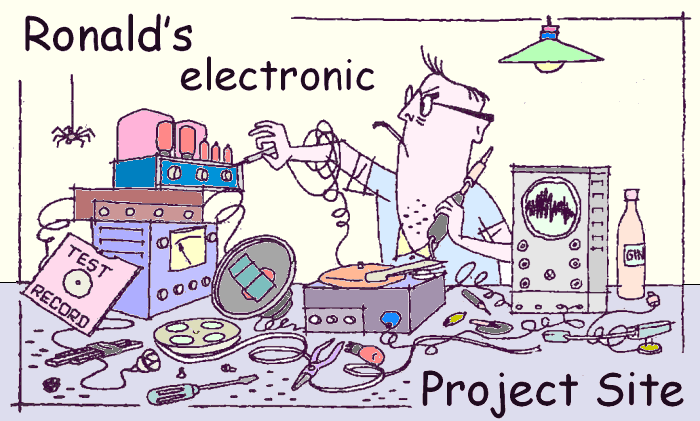

I always enjoy visiting other people's electronic project sites, so I thought why not make my own project site? Besides showing to others the things I have made, these pages also serve as documentation for myself. The projects you find here are all fully functional and are extensively documented including the software. You may copy it distribute it or sell it as far as I am concerned, but never hold me responsible for possible accidents, injuries or any other disasters.


|

|

|

|

|

|
(and their answers) related to Nixie (clocks) and other display devices an index to my pages |

|





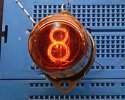
|
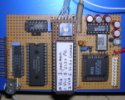
|
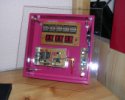
|
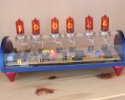
|

|
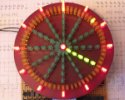
|

|

|
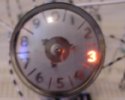
|
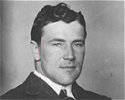
|

|

|
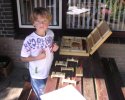
|
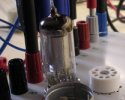
|
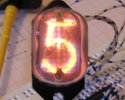
|
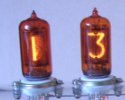
|

|
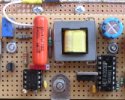
|
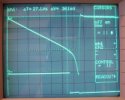
|
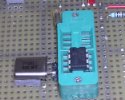
|
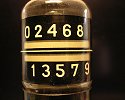
|

|
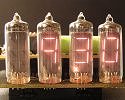
|

|
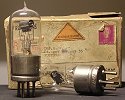
|
